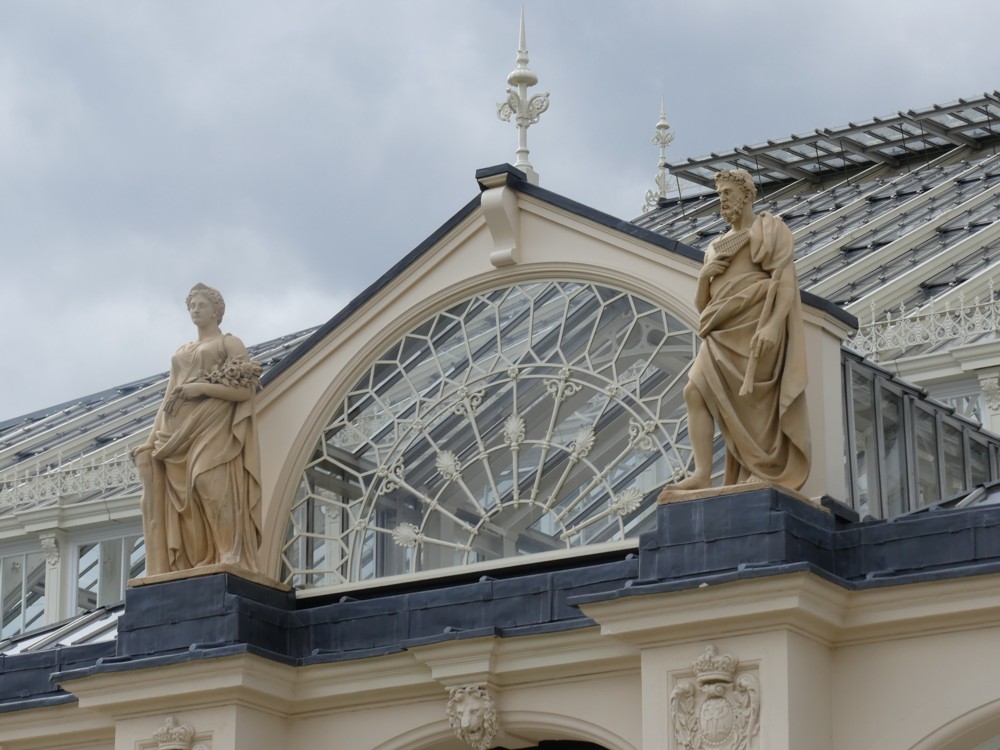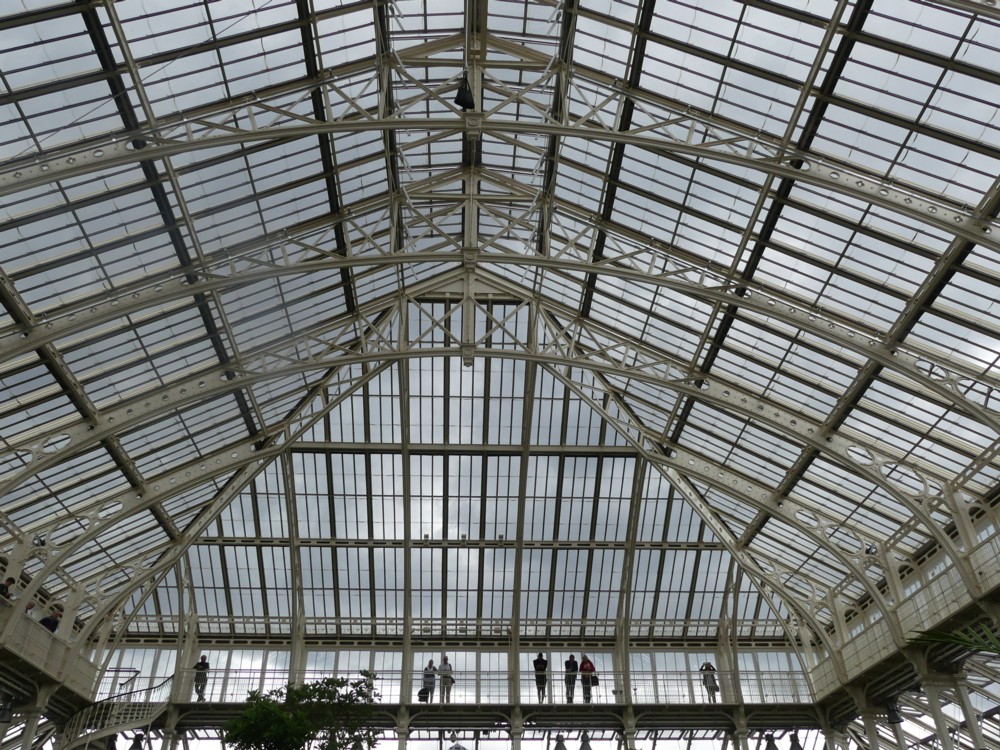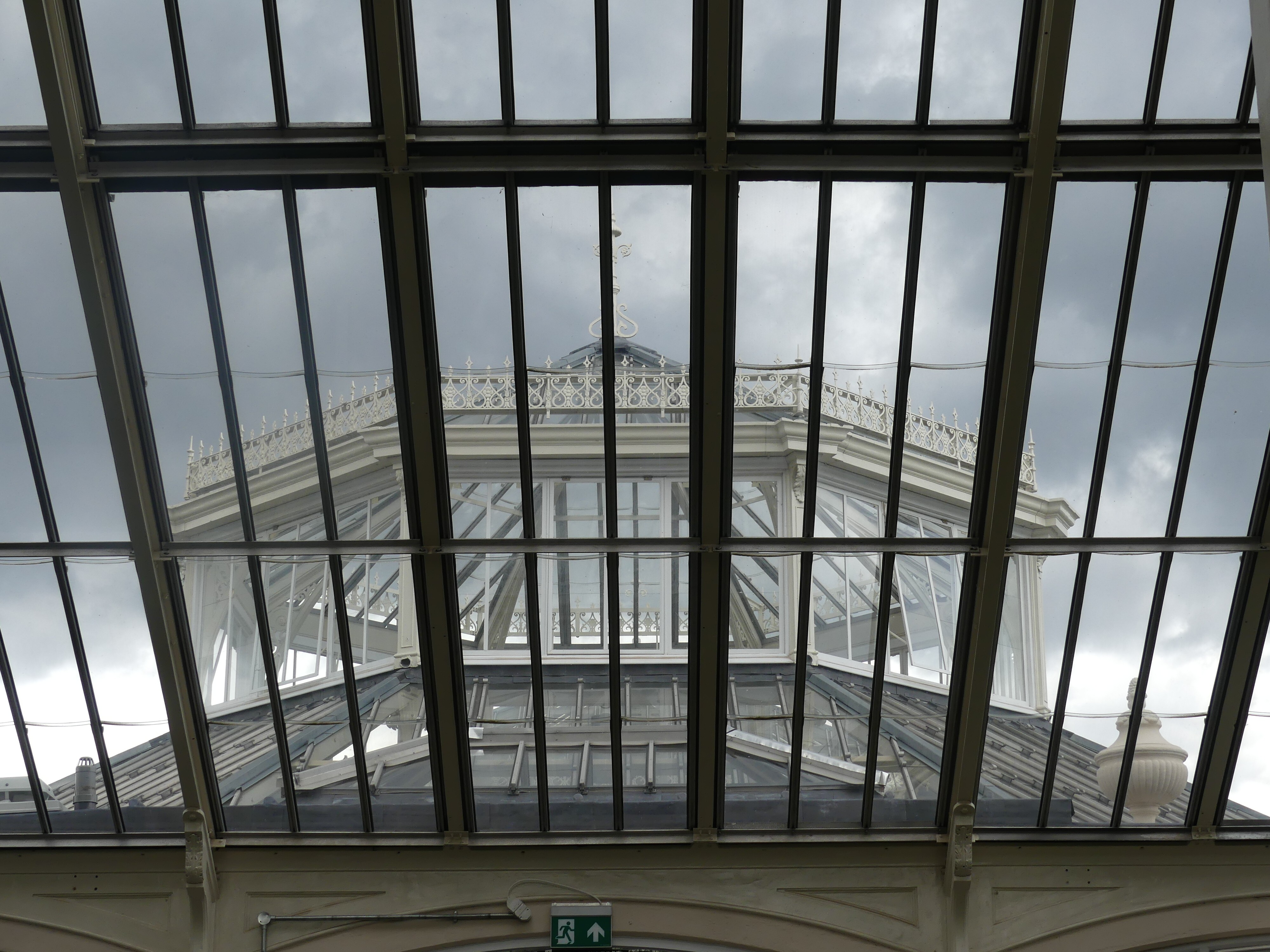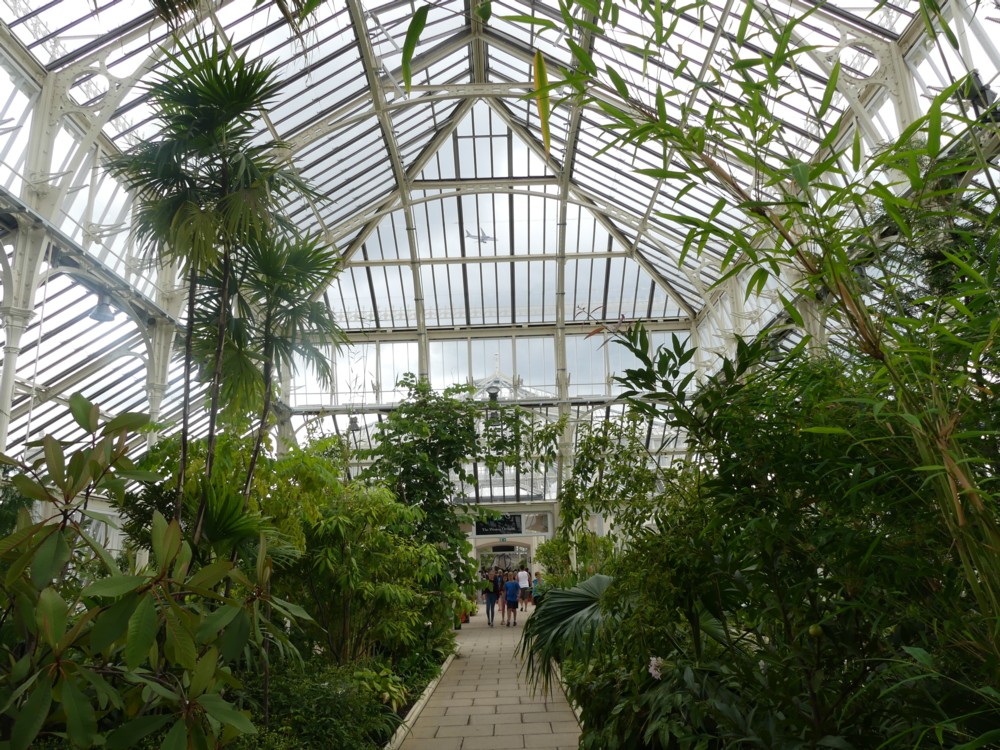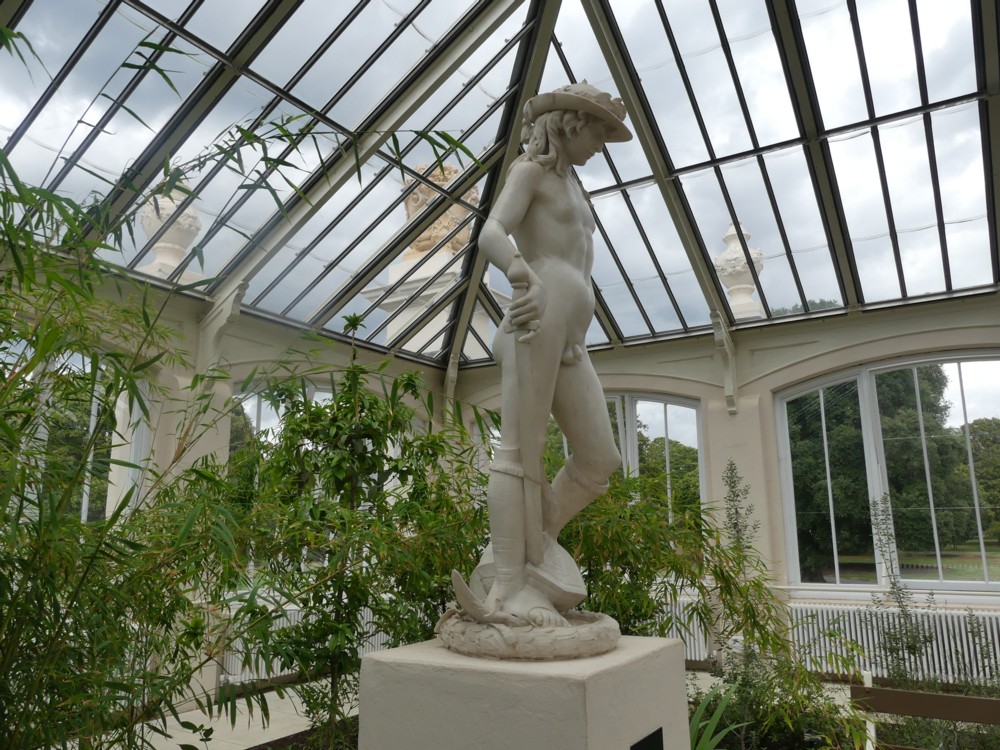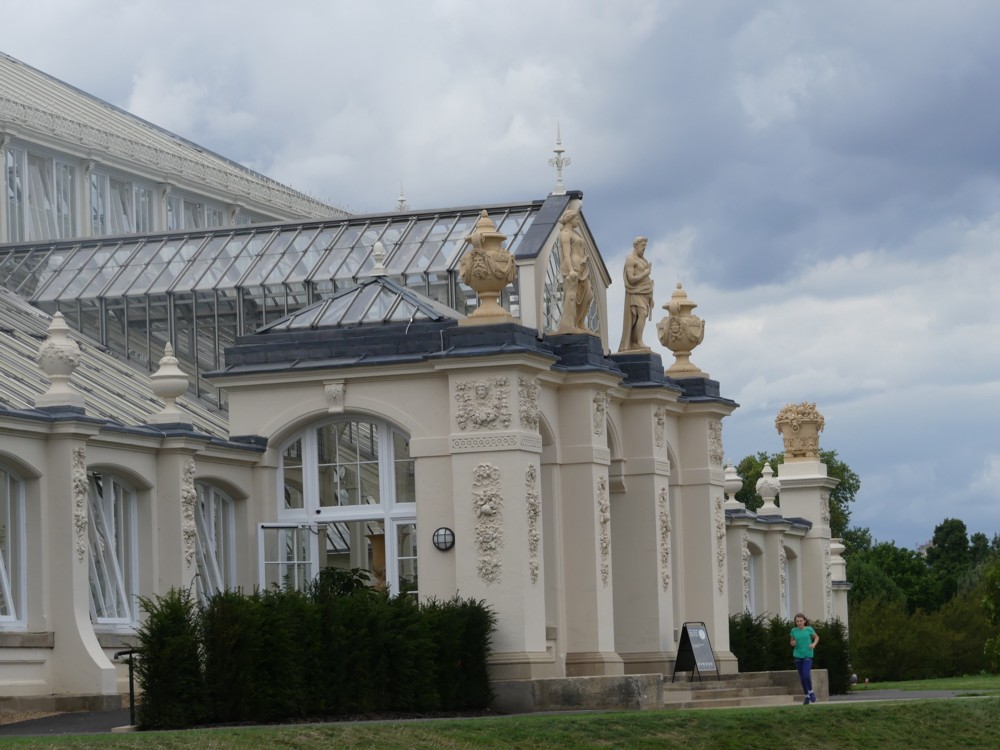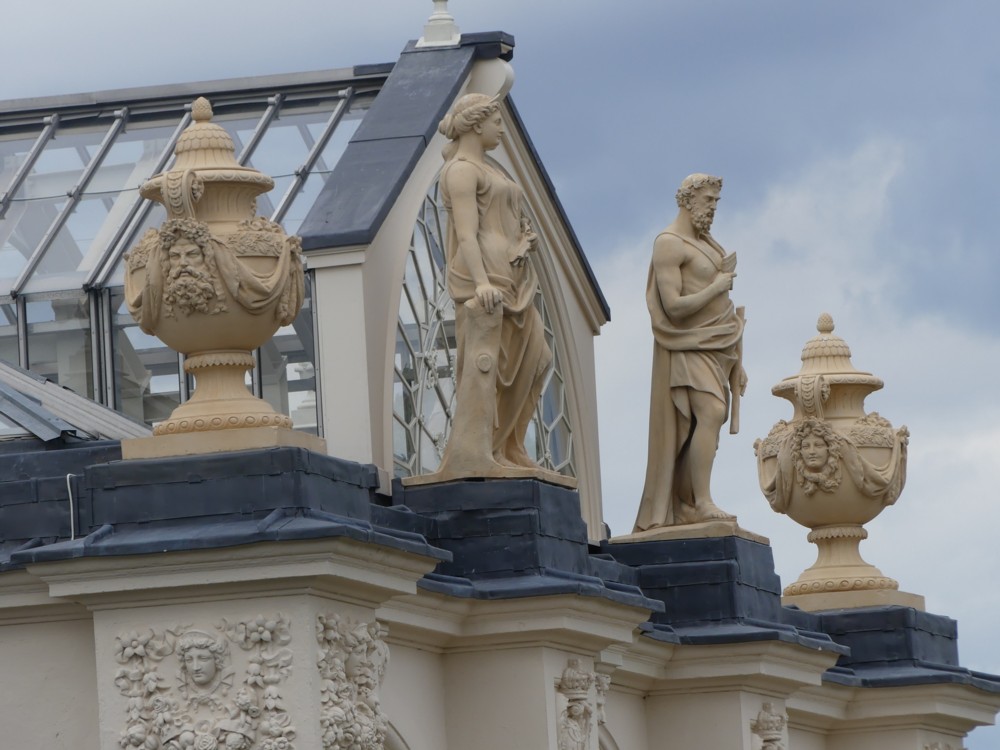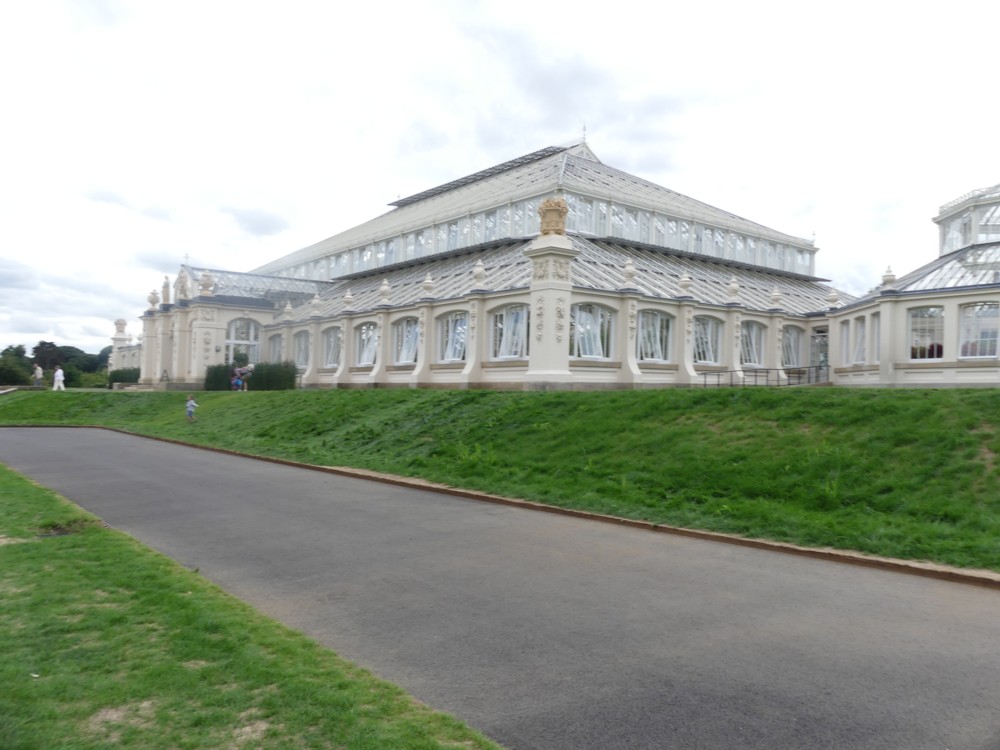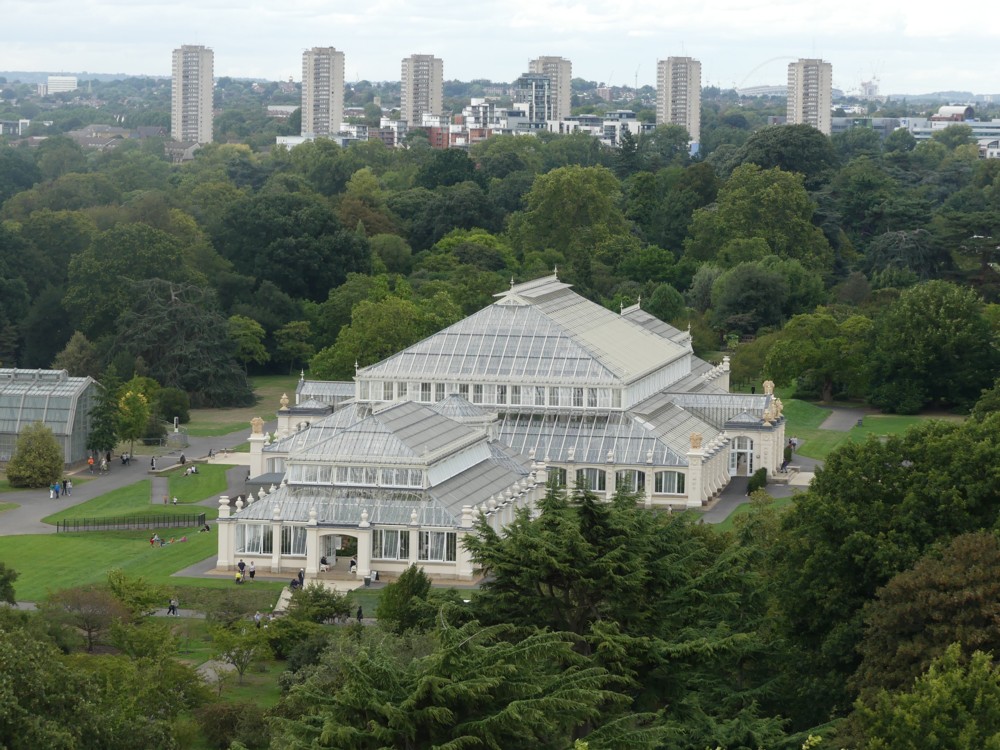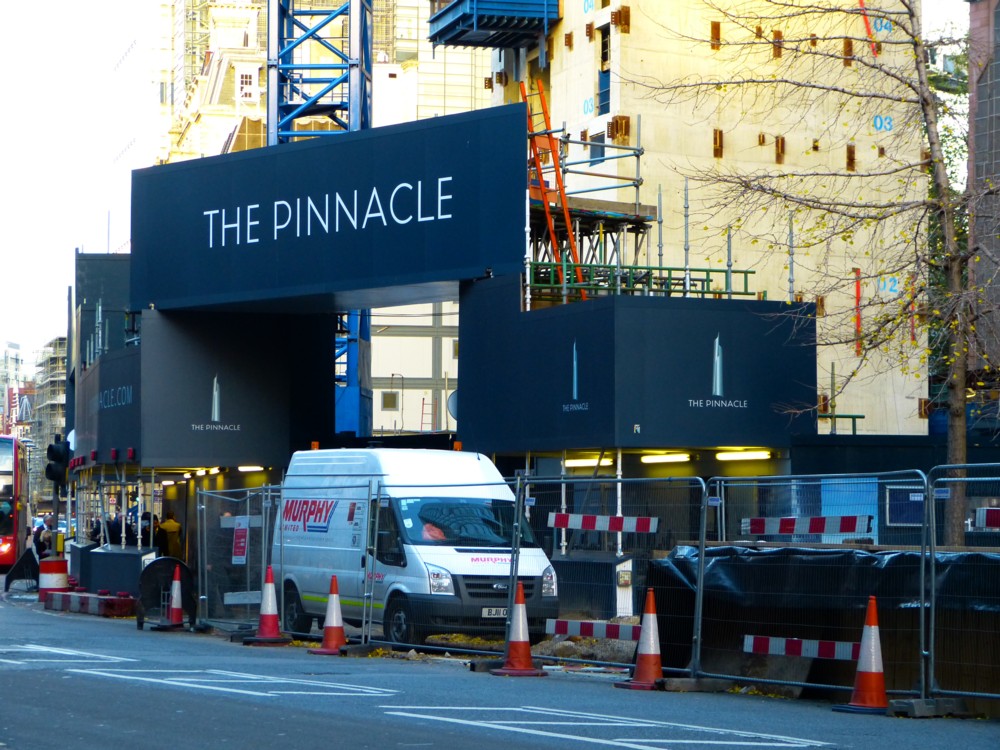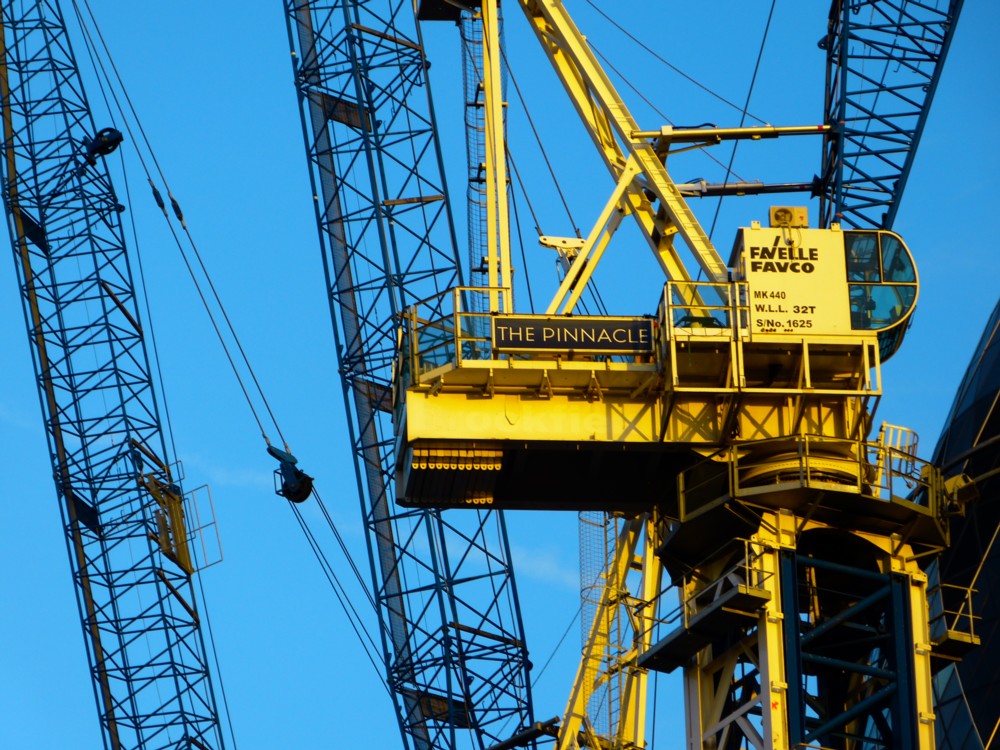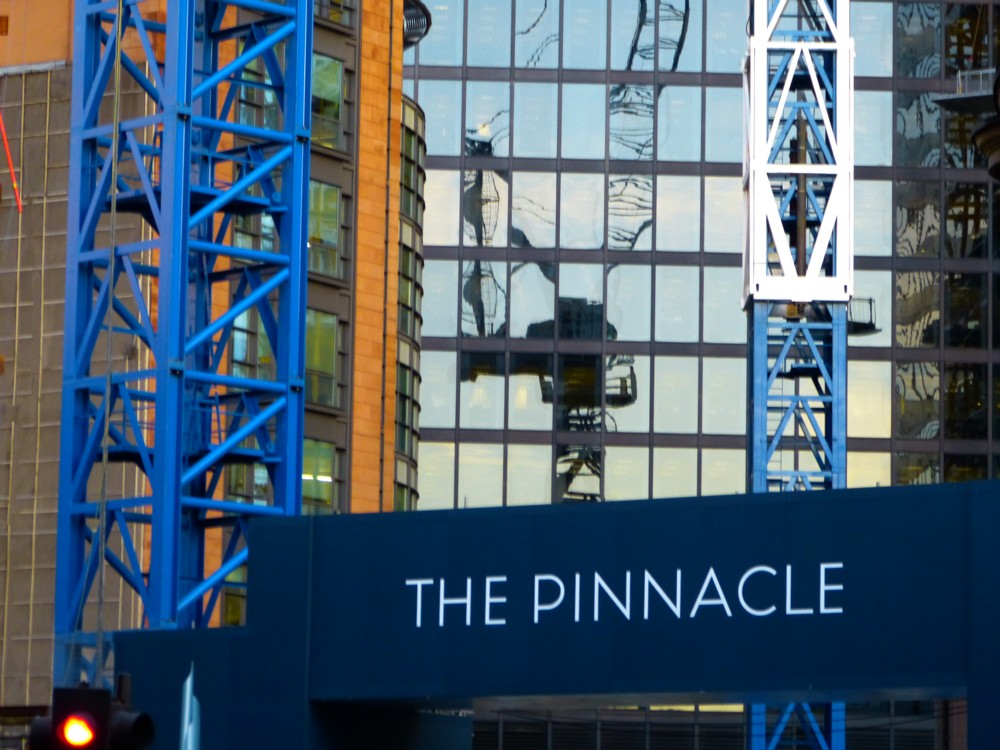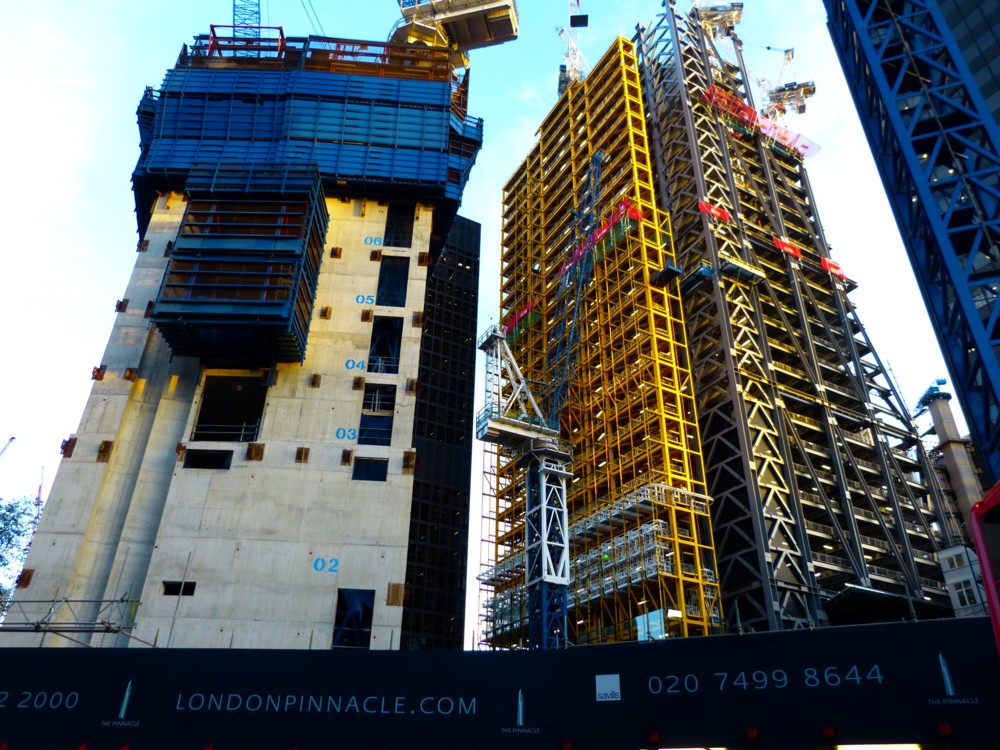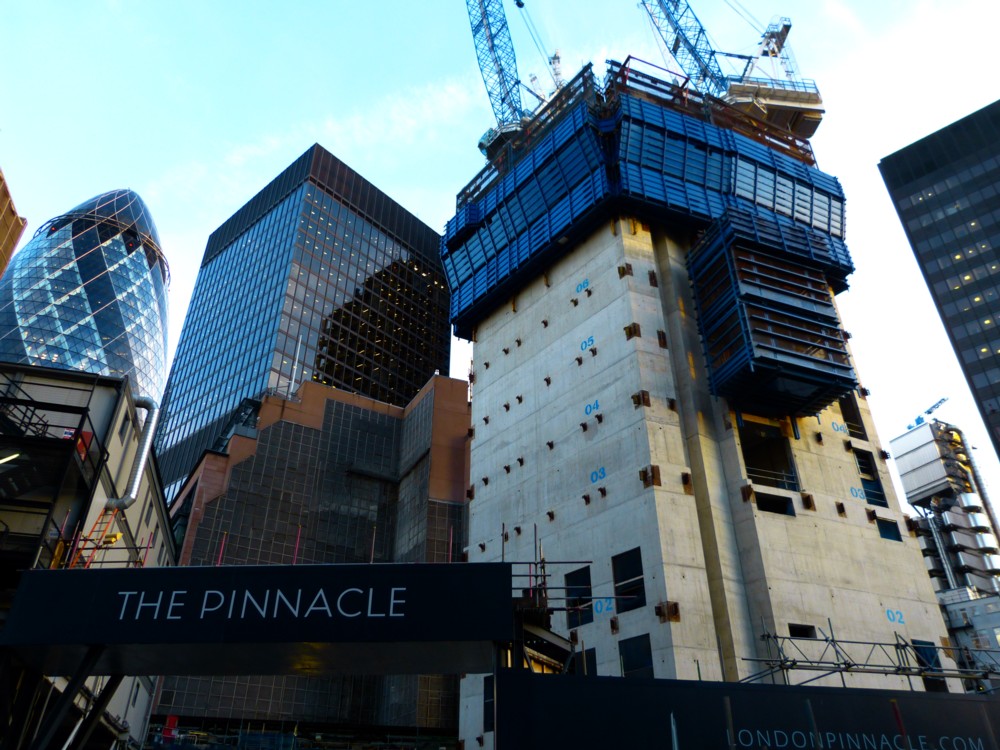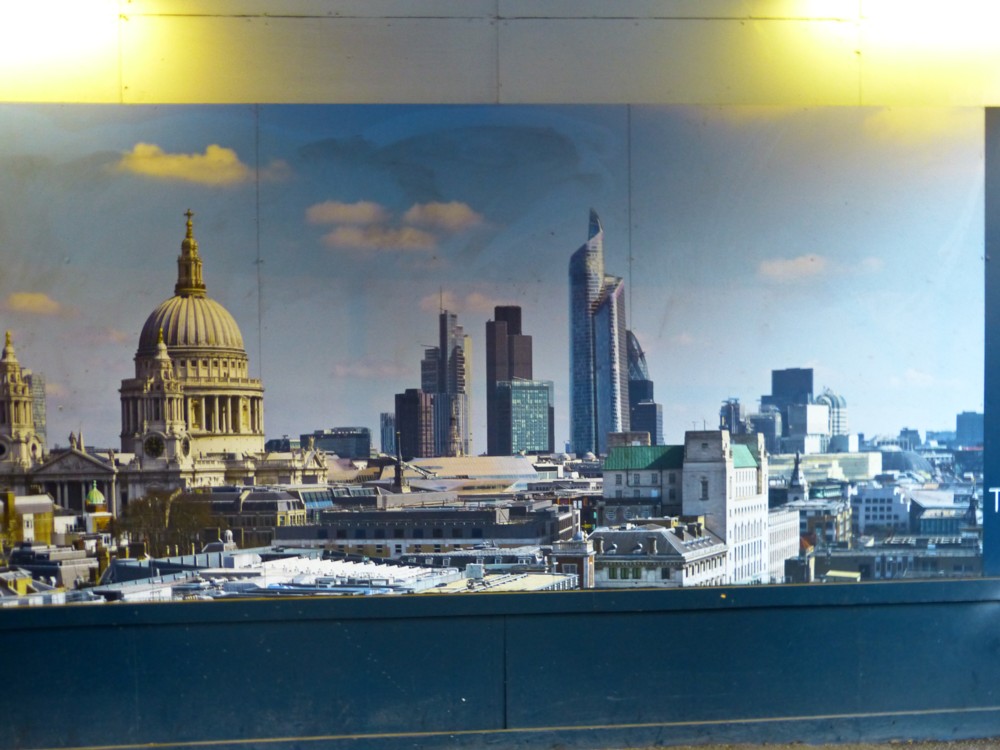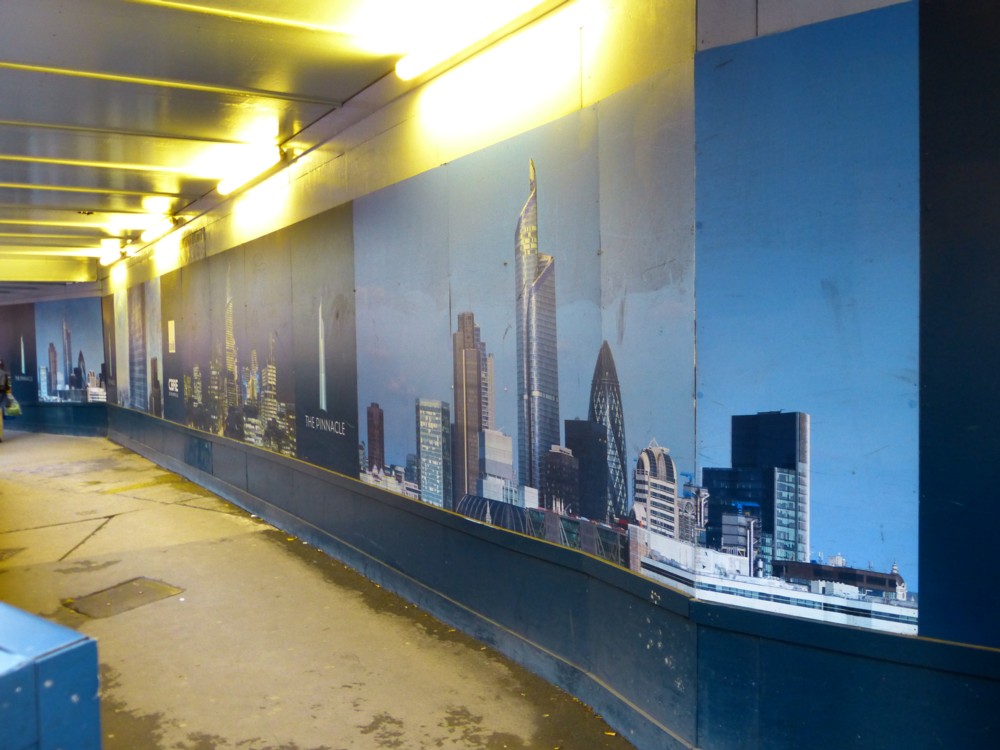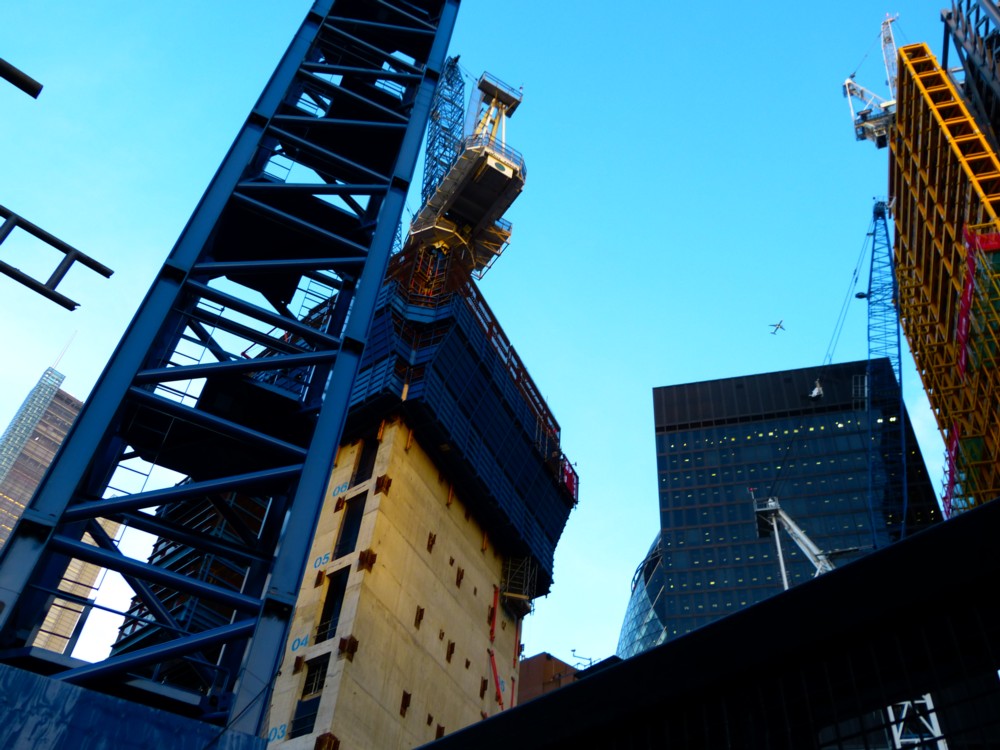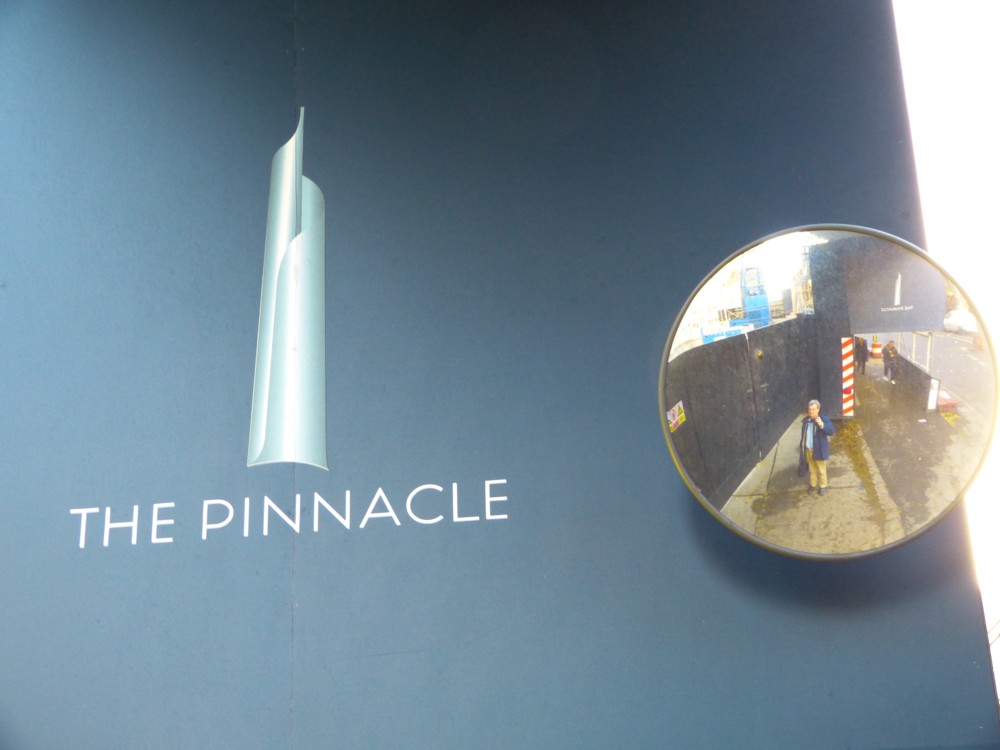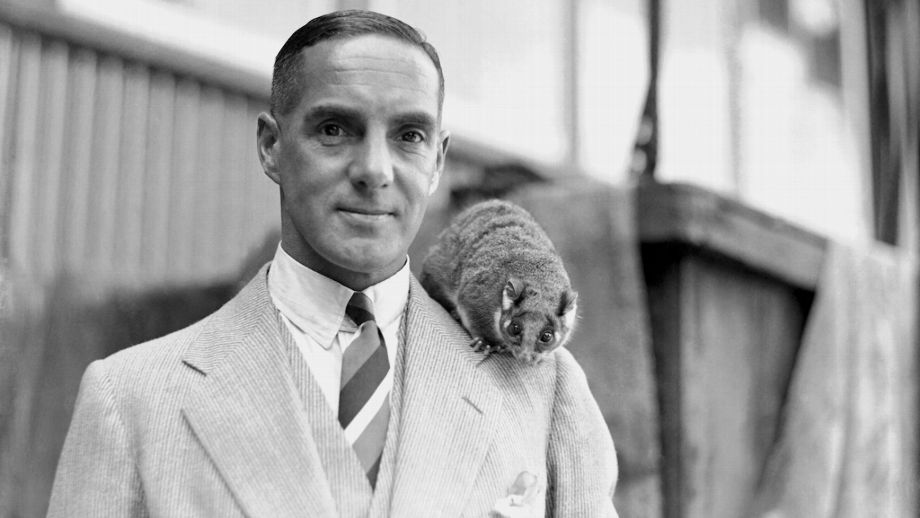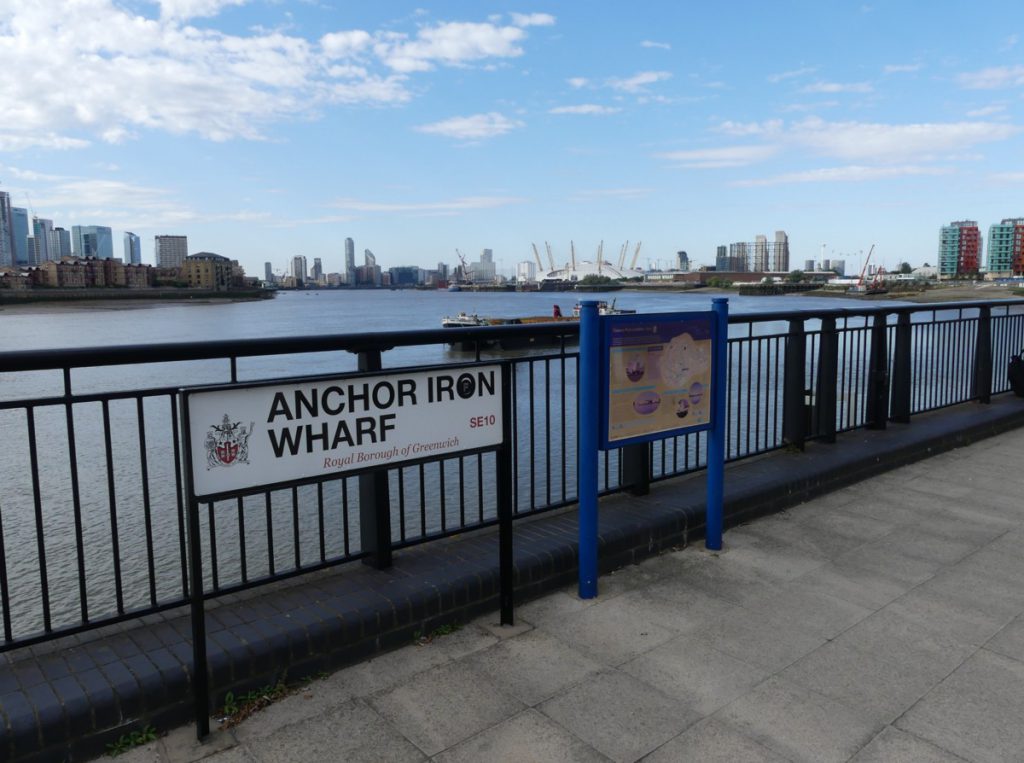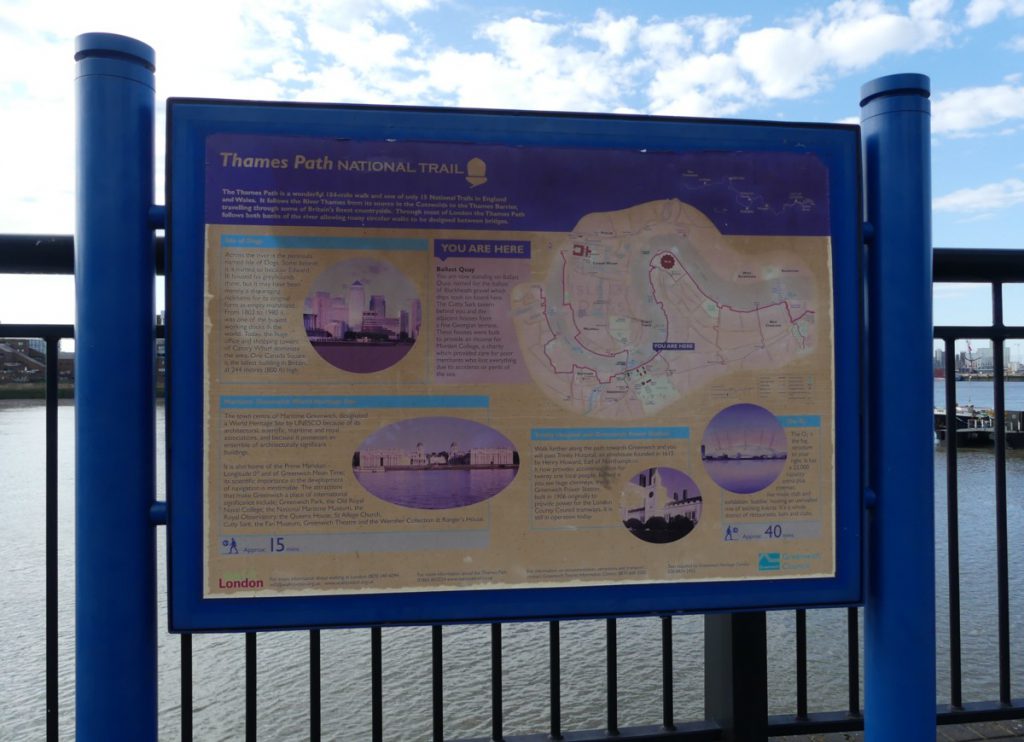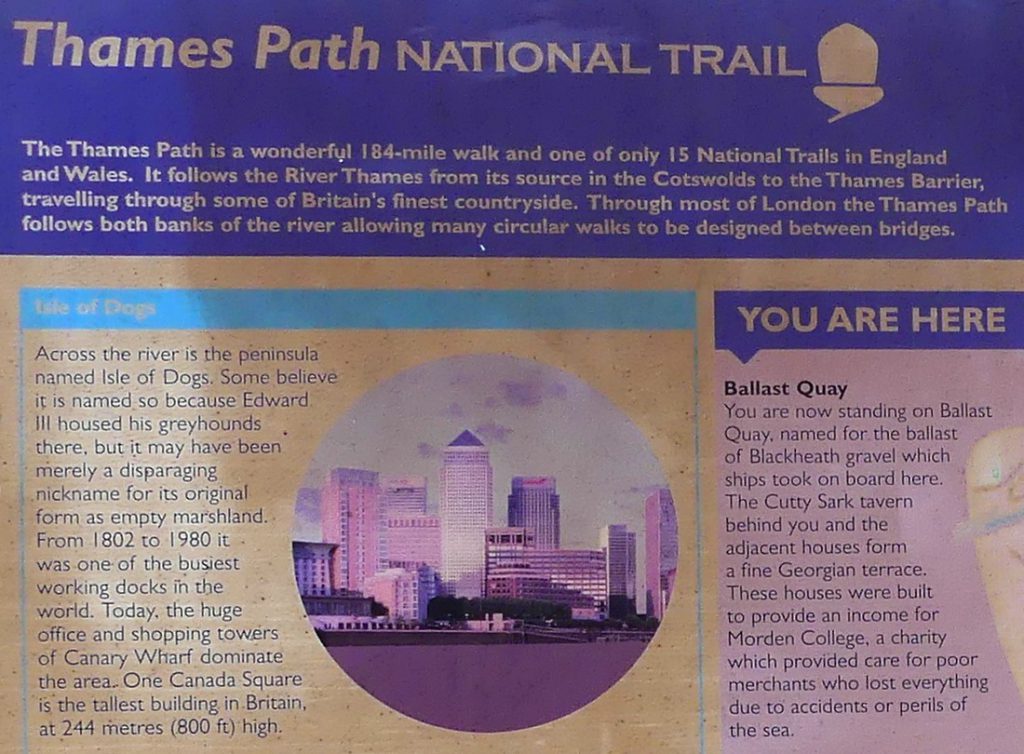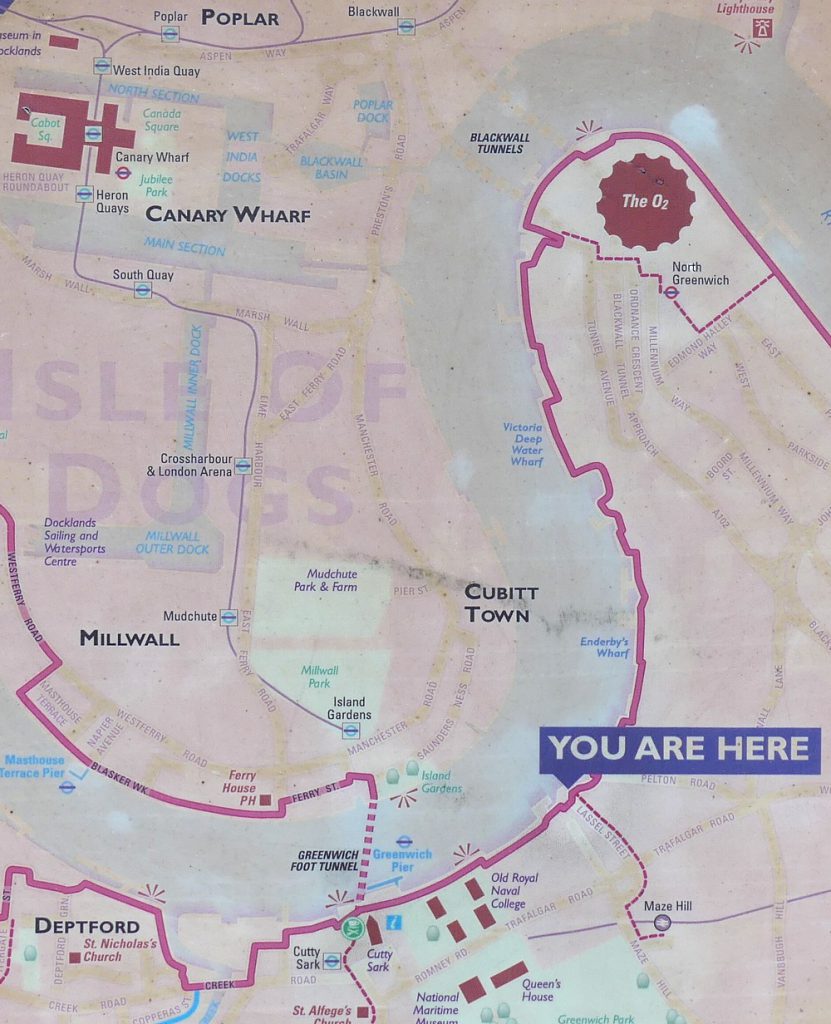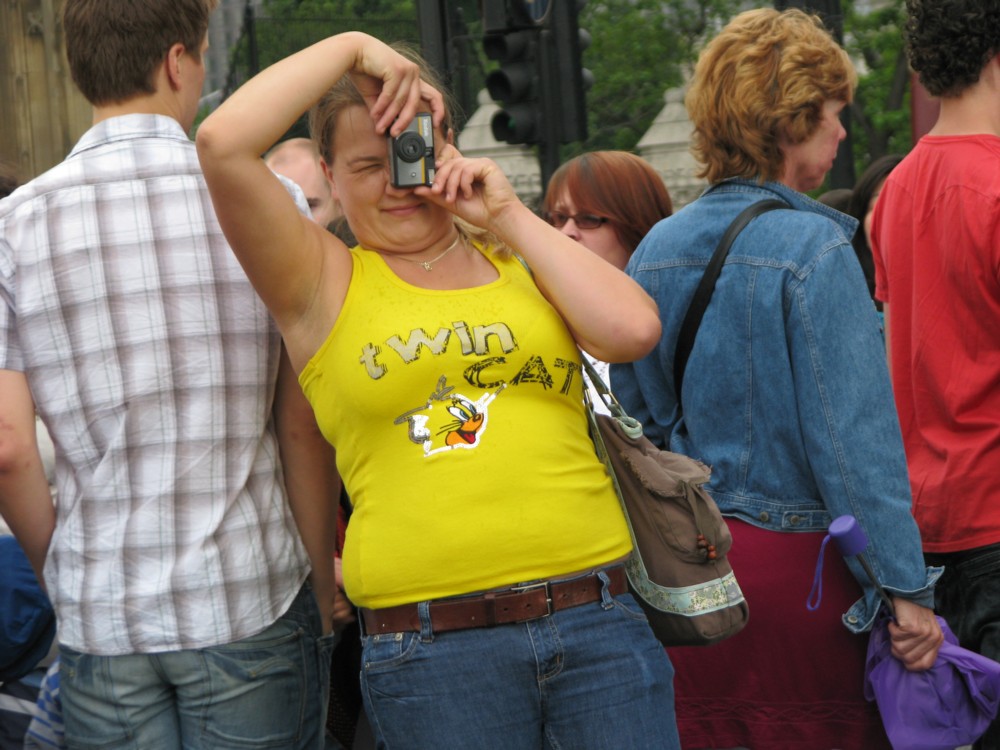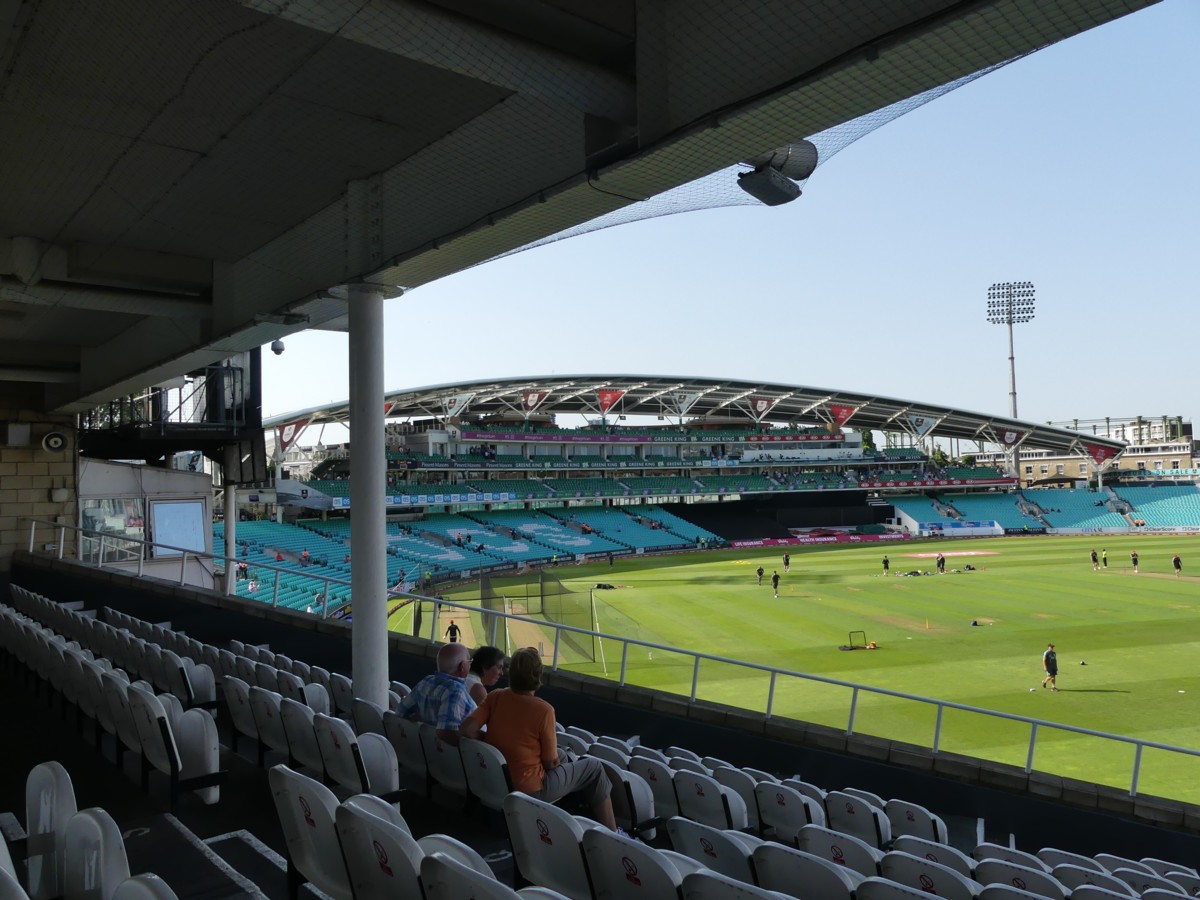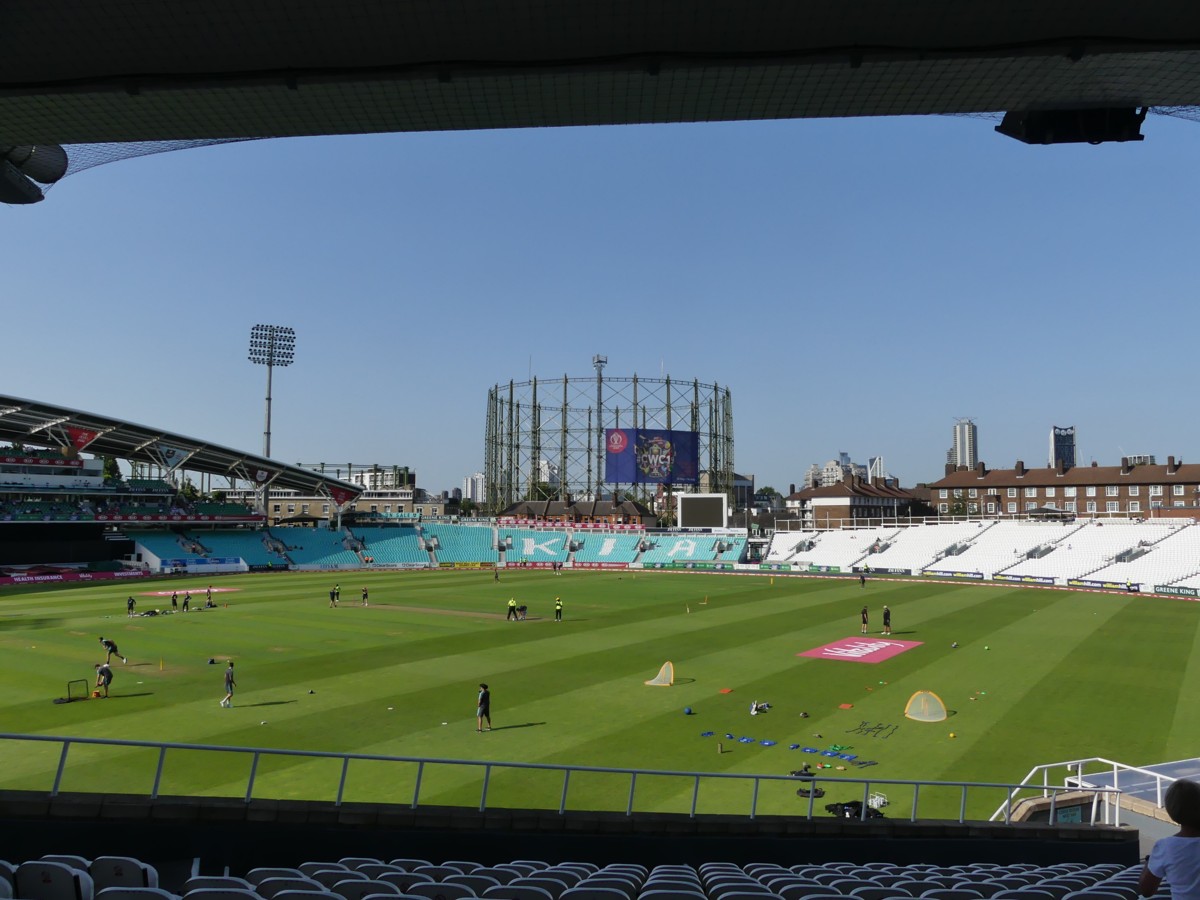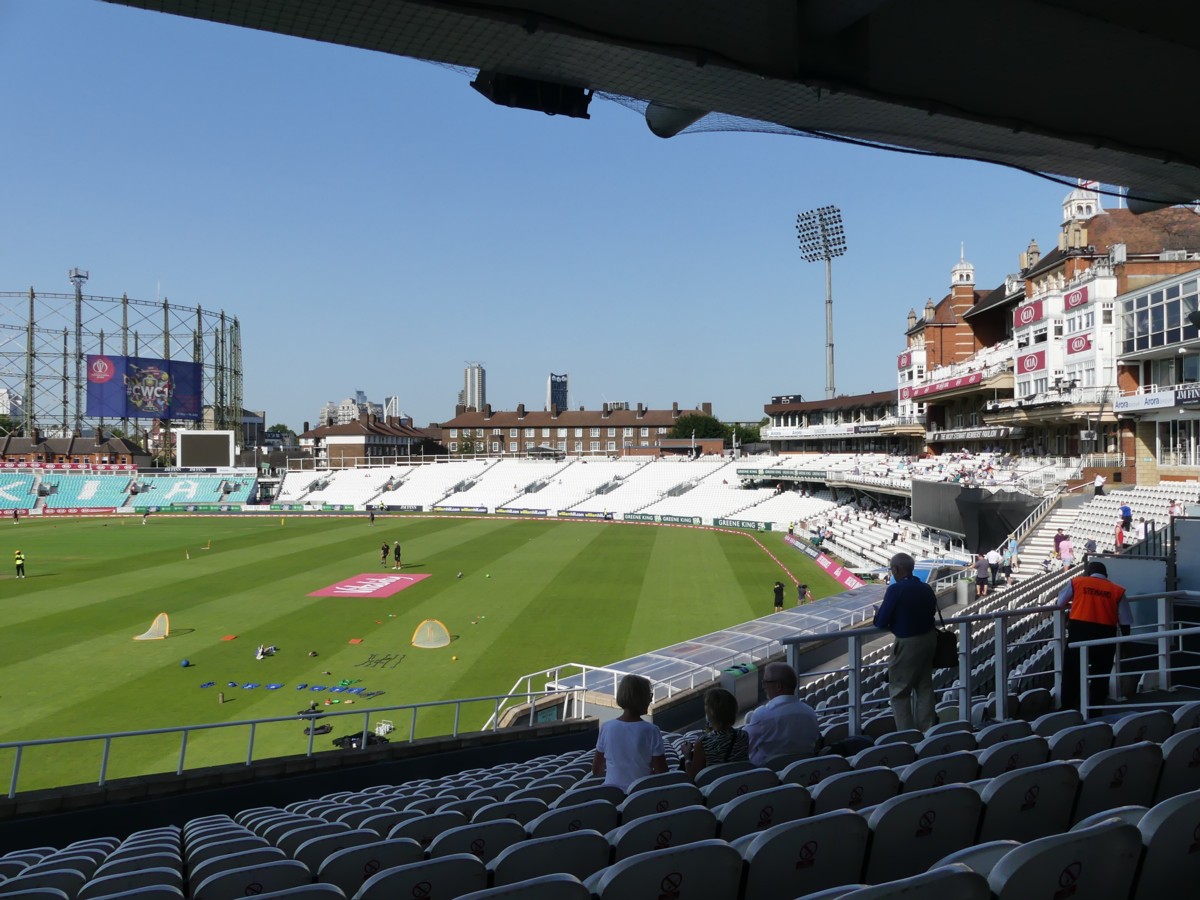I have one of my Last Friday of the Month talks at my home tomorrow evening. See the next posting for news about that. Meanwhile, here are some thoughts that Michael Jennings jotted down, concerning the talk he’ll be giving in the same series on October 25th. While writing this, he didn’t know he was writing a blog posting. That only happened when I asked him if I could stick it up here, and he said … okay, yes:
In April and May this year, I spent a month in Nepal. I spent a fair portion of this in very remote areas – places (such as the region of Upper Mustang) that were almost literally medieval kingdoms only 30 years ago. These places are no longer medieval and no longer kingdoms, but they are still very poor, agricultural communities. At least, the ones without roads connecting them to the outside world are very poor, agricultural communities. Communities with roads connecting them to the outside world are different. Still poor by international standards, but much richer. The roads are being built with Chinese money and expertise.
These places are also very close to the border with Tibet. These places have always been close to the border with Tibet, but of course, these days this means the border with China. As China has become economically more powerful in recent years, the Chinese influence on these places has become stronger. The locals have mixed feelings about that. The Chinese have resources and get things done, whereas governments of Nepal – and governments of their nearer and friendlier neighbour India – are not known for this. On the other hand, if you cross the border you had better not be carrying a picture of the Dalai Lama, and if a Chinese policeman tells you to do something, you had better do it. (Nepali policemen are fairly amiable, mildly corrupt, and not people to worry about that much). The Chinese are building roads and power stations, which is making people richer. This is generally considered to be good. The Chinese bring money and wealth, but they also bring an extremely authoritarian political model with it, and you can see this in one small, poor country of a very different culture to theirs
This is one relatively small, poor country case of the interactions that a rising China is having with much of Asia and much of the world. At the other end of this are things like the interactions of my native Australia with China. Australia was always rich, but is now very rich due principally to selling iron ore and coal to China for the last 20 years. Australia has a large Chinese community, that has arrived in the country mostly in the last 50 years. 30 years ago, Australia would have been unequivocal in its support for the present demonstrators in Hong Kong, if events such as that had been happening then. These days, the Australian government says nothing. Meanwhile, Chinese students in Australia are spied on by Chinese secret police, Chinese language newspapers in Australia – there are many – are intimidated into taking a pro-Beijing line, and other similar things. Do Australians like this – not much, although Australians do generally like Chinese people and Chinese immigrants individually. Australia is now in an uncomfortable position of gaining much of its prosperity from people with an extremely authoritarian political model that we don’t particularly like.
Two extreme examples, but a great many countries in Asia and Africa (and elsewhere) face the same questions, to varying degrees. I will be giving a talk in which I discuss what this means for the world and where this may all lead.
There’ll be another talk about China on the last Friday of November, which is November 28th, by Hong-Konger-now-based-in-London Katy Lau. No apologies whatever for the “duplication”. First, it won’t be. These will be two completely different takes on China. And second, could any subject in the world be more important just now, or more vast in its scope and significance?


